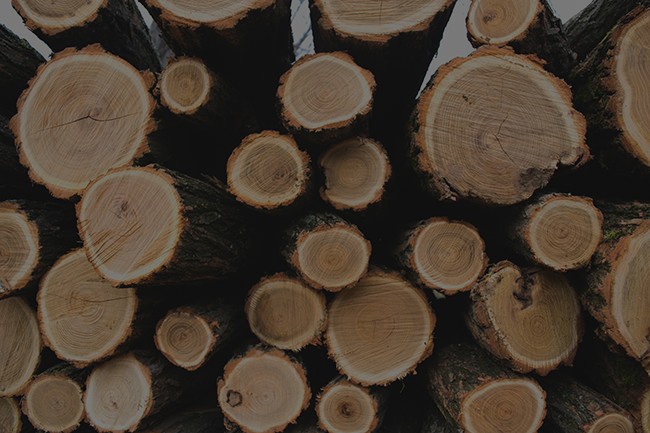This post is part of Plyco's Guide to MDF.
Medium Density Fibreboard, or MDF as it’s far more commonly referred to, is an extremely popular and well-known timber product. In fact, if you asked people if they knew what MDF was, it’s likely the majority of them would say yes – even those who aren’t actively involved in using timber products. However, do most people actually know what MDF is, besides it being a type of timber? At Plyco we always want to offer our customers more information on our products than they can shake a plywood board at, which is why today we want to take a deeper look at Medium Density Fibreboard.
The basic overview of MDF is that it is a wood product created by breaking down both hardwood and softwood into wood fibres, which are then combined with wax and resin that form panels when extreme temperature and pressure are applied. This process is what makes MDF sheets so special. In fact, the special process is what allows MDF to be both stronger and much denser than particleboard! When it comes to timber, MDF is a bona fide heavyweight.
Getting chippy with MDF
In Australia, the species primarily used to bring Medium Density Fibreboard panels to life is Radiata Pine. After the trees are cut down they are debarked and are sent to an MDF plant, where they go through the chipping process. Here the log will be put through a special machine that can contain anywhere from 4 to 16 blades. If any of the chips it creates are too large they can be sent through the machine again, while chips that are too small can be used as fuel. That’s what we call recycling!

The MDF circle of life
Our precious, perfectly sized chips are then washed and double-checked for defects before being heated or steamed for up to two minutes to soften the wood. The chips will then be joined with wax and fed into a defibrillator to maintain a high pressure and temperature while the wood is ground into a pulp.
The next step in our MDF timber process sees the product enter a blowline to be joined with resin. It is then dried quickly as it enters the expansion chamber and starts to expand into a fine and lightweight fibre that is stored until it is required at the forming line.
This dry fibre is sucked into the top of a pendistor, which evenly distributes fibre into a mat below and is sent to a hot press to bond the resin and set the strength and density of the product. After pressing is complete the MDF is cooled and it’s now ready to be shipped off to the team here at Plyco!
A visual look at how MDF is made
Environmentally conscious MDF
Mass production of MDF only began in the 1980s, but since then there have been significant strides made to make the product far more environmentally friendly. The use of non-toxic binders is now increasingly common and using raw materials like bamboo that are fast-growing and renewable has begun to take off, meaning production is having significantly less impact on the environment.
One of the unique traits of Medium Density Fibreboard is that it has no knots or rings, making it more reliable when it comes to cutting compared to natural woods. MDF is also an ideal product for veneering.

Plyco's magnificent MDF
The strength of MDF combined with the ease of veneering means that it has a quite an extensive range of applications it can be used for. MDF is kind of like that kid you knew at school who was somehow amazing at every single sport! Some of the applications it’s perfect for are cabinetry, joinery, shelving, furniture and commercial and domestic fit-outs. MDF really does have a laundry list of ways it can be used!
Water off a duck's back
Medium Density Fibreboard is usually used for internal applications as it isn’t great at resisting moisture. However, Plyco offers a high moisture resistant variety of MDF! This option allows you to safely apply MDF anywhere that it may be exposed to water, like in kitchens, laundries or bathrooms. We also have White Melamine MDF available for purchase, which combines our high-quality MDF with a clean, hard-wearing melamine surface on both faces. Last, but not least, we have our extensive range of Veneered MDF! At Plyco we carry 12 stock veneers, but if you see a different veneer that’s commercially available we’ll source it and apply it just for you!

Plyco's MDF with a Crown American Oak veneer applied
Now that you know a little bit more about MDF and what the production of it looks like, why not move on over to our online store and check out our awesome range!? You can buy a whole variety of MDF boards there. We’re sure you won't be fibre-BORED by it! Alternatively, you can also check out some more posts in our Guide to MDF.


.svg)

.png)
.png)







